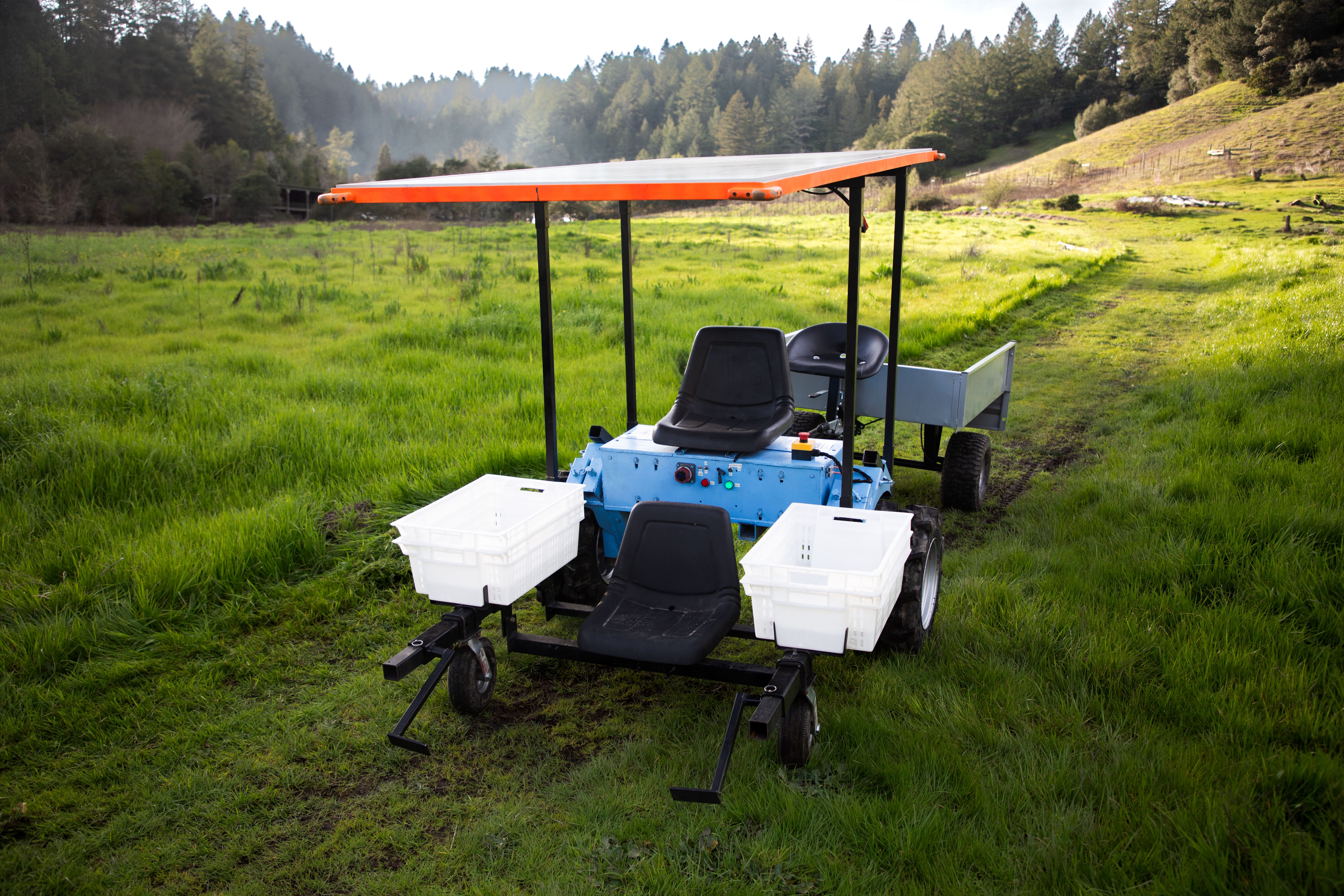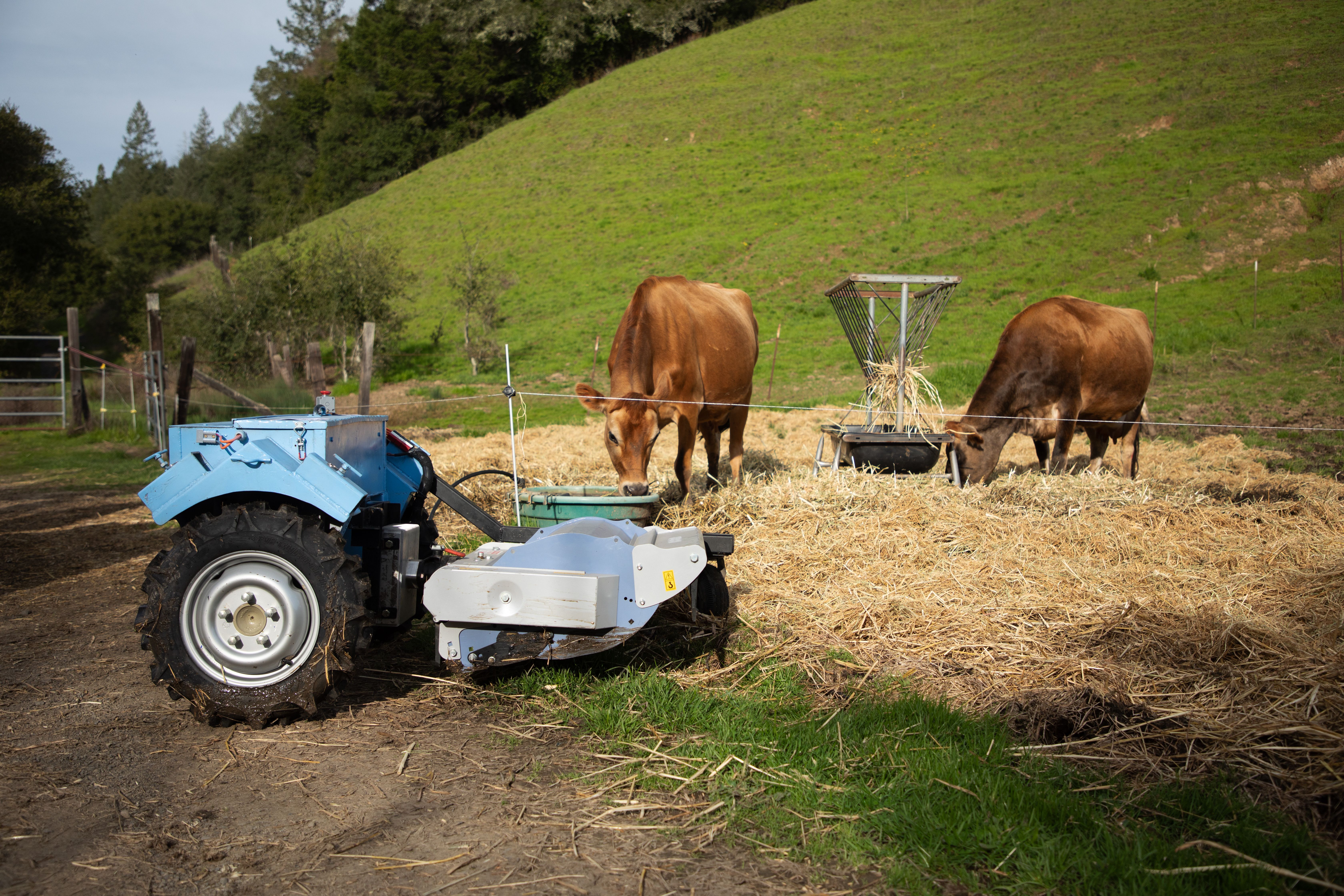Farmers have always looked for better ways to work the land. Now, a new kind of machine is showing up in fields and barns—electric tractors. These tractors don’t run on diesel. They run on electricity, just like some modern cars. But don’t worry—charging and using them on a farm is much simpler than charging a car.
This guide will help you understand what electric tractors are, why they matter, and how they can work on your farm—even a small one
What Is an Electric Tractor?
An electric tractor is just like a regular tractor, except it runs on batteries instead of gas or diesel. These batteries are rechargeable and power everything from the engine to the tools it pulls.
You can use electric tractors to:
- Plow your field
- Move soil or compost
- Pull trailers
- Run attachments like mowers or seeders
They come in different sizes—from small two-wheel tractors (great for small farms or gardens) to larger four-wheel models made for full fieldwork.
Why Are Farmers Switching to Electric?
Many farmers today are thinking about how to farm more cleanly and affordably. That’s where electric tractors come in. They offer some real, hands-on benefits:
No Emissions
Electric tractors don’t burn fuel, so they don’t release smoke or fumes. That’s better for the air, for your soil, and for anyone working near the machine. It’s also safer inside barns or greenhouses.
Less Maintenance
There’s no engine oil to change. No fuel filters or exhaust pipes to repair. Fewer parts mean fewer things that can break. Most electric tractors just need tire checks, brake inspections, and battery care.
Lower Energy Costs
Charging a tractor with electricity (especially from solar) is much cheaper than filling it with diesel. Once it’s charged, it’s ready to go.
Quiet Operation
These machines run quietly. That’s great if you're working early in the morning or late near homes, livestock, or sensitive areas like schools or markets.
Better Control
Electric motors give you instant power without delay. That means smoother driving and more control when starting, stopping, or turning.
Where Do Electric Tractors Work Best?
Electric tractors can work almost anywhere, but they’re especially useful in:
Small Farms and Homesteads
Perfect for small fieldwork, moving loads, or hauling supplies. Compact models are easy to store and handle.
Organic and Regenerative Farms
No emissions means you’re staying true to clean and healthy soil goals. These tractors help meet sustainable farming standards.
Urban and Peri-Urban Farms
Quiet and clean operation makes them ideal for farms near homes, schools, or city gardens.
Greenhouses, Orchards, and Vineyards
Their compact size and zero fumes are ideal for working between rows and in enclosed spaces.
Battery Life and Charging (It’s Easier Than You Think)
Most modern electric tractors can run 4 to 10 hours per charge, depending on what job you're doing. Light tasks like mowing or hauling tools use less power. Heavy tasks like plowing or towing may use more.
But charging is simple.
Unlike electric cars that need special charging stations, most farms already have the right kind of power. Standard barn outlets (110V or 220V) are often enough. Some tractors even work with mobile chargers that plug into existing sockets.
Here’s how you can charge:
- Standard 220V Plug: Full charge overnight
- Industrial Socket (32A): Charge in 4–6 hours
- Solar System: If your farm has solar panels, you're ready. Most tractors can charge directly from solar-powered setups
- Fast Charging (DC): Some models support 80 kW DC fast charging. That gives 60–80% battery in under an hour
Swappable Battery Packs
Many electric tractors now come with removable battery packs. That means if one runs low, you can swap it out with a charged one and keep working. No downtime.
Smart Features for Smarter Farming
Some newer electric tractors offer built-in smart tools to make work easier:
- GPS Steering: Keeps rows straight without overlapping
- Field Mapping: Tracks where you’ve worked
- App Monitoring: Check battery level, system health, and performance
- Automation: Program tasks like spraying or seeding
These tools help save time, cut waste, and increase yields.
What Do They Cost?
Electric tractors usually cost 10–30% more up front than diesel models. But they save money over time with:
- Lower fuel bills
- Fewer repairs
- Less routine maintenance
Payback Time
Most farmers find that they earn back the extra cost in 3 to 5 years, especially if they use solar or charge at off-peak electricity times.
Grants and Incentives
Many states offer tax credits, green energy grants, or low-interest loans for farmers switching to electric. These programs help cover the cost of the tractor or charging setup.
Things to Consider Before Buying
Before buying an electric tractor, ask yourself:
- Do you need it for light daily work or heavy full-day jobs?
- Do you have access to 220V or 32A charging sockets in your barn?
- Would swappable battery packs help you avoid downtime?
- Can you benefit from tax credits or green grants?
While electric tractors are growing fast, some rural areas may still have limited support or parts. That’s improving quickly as more brands and dealers expand into new regions.
The Future Is Here
Electric tractors aren’t a far-off idea. They’re real, working machines on farms today—helping farmers save money, reduce pollution, and farm smarter.
As battery technology keeps improving and more models come to market, it’s getting easier than ever to make the switch.
Final Thoughts
If you want a quieter, cleaner, and smarter way to work your land, an electric tractor might be just what you need. With less maintenance, cheaper fuel, and great new tools, the question isn’t if electric tractors will take over—it’s when.
Want to learn more? Reach out to one of our specialists or explore our electric tractor models today.



